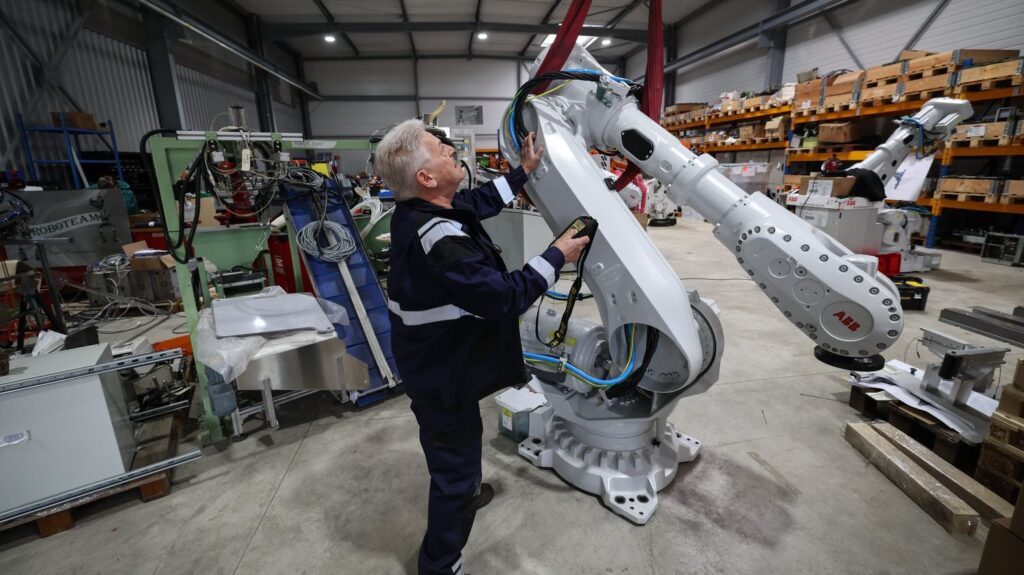Despite an increase in the employment rate of seniors, France remains below the average of the European Union, which amounts to 65.2%, according to the most recent figures, published Wednesday by DARES, the statistical service of the Ministry of Labor.
/2023/07/07/64a7df4c5fe71_placeholder-36b69ec8.png)
Published
Reading time: 2min
/2025/07/23/maxpetiteshist003385-6880f55b12d14372409250.jpg)
In 2024, the employment rate of 55-64 year olds in France reached 60.4%, a level never seen since 1975, according to the latest figures, Published Wednesday July 23 by the Daresthe statistical service of the Ministry of Labor. An increase linked to successive pension reforms, which repel the starting age and encourage the French to work longer. The question of the employment of seniors, a major issue of the last pension reform, was at the center of discussions between unions and employers during the pensions.
However, the more retirement age we approach, the more the employment rate declines. Among 60-64 year olds, it remains significantly lower, at 42.4%, despite an increase of 3.4 points in one year. “This is one of the weak points of our country”Recalls the government regularly, which aims 65% by 2030, in order to bring France closer to its European neighbors.
Despite an increase in the employment rate of seniors, France remains below the average of the European Union, which amounts to 65.2%. France is 17th out of 27, far behind Sweden (78.1%), Germany (75.2%) or Portugal (67.6%). However, French progression over one year (+2 points) exceeds that of the European average (+1.3 point), which contributes to slightly reducing the gap.
For ten years, from 2014 to 2024, more and more seniors have been working and later retired. The 55-64-year-old employment rate increased by 12.4 points, while the share of retirees fell by 11.7 points. The increase is even clearer among 60-64 year olds, with +15.5 points in ten years.
In addition, women aged 55 to 64 work almost as much as the European average (58.7% against 59.4%). On the other hand, French men of the same age (62.1%) are fewer in employment than their European neighbors. Added to this are inequalities under working conditions: almost one in three senior women (32.6%) works part -time, against one in ten (10.7%). Women are also more often affected by underemployment. These differences are accentuated clearly after 55 years.
At the same time, the unemployment rate of seniors (55-64 years) stood at 5.2% in 2024, down 0.2 points over one year and much lower than that of all 15-64 year olds (7.5%). However, it varies according to age classes: 4.6% for 55-59 year olds, compared to 6.4% for 60-64 year olds.


